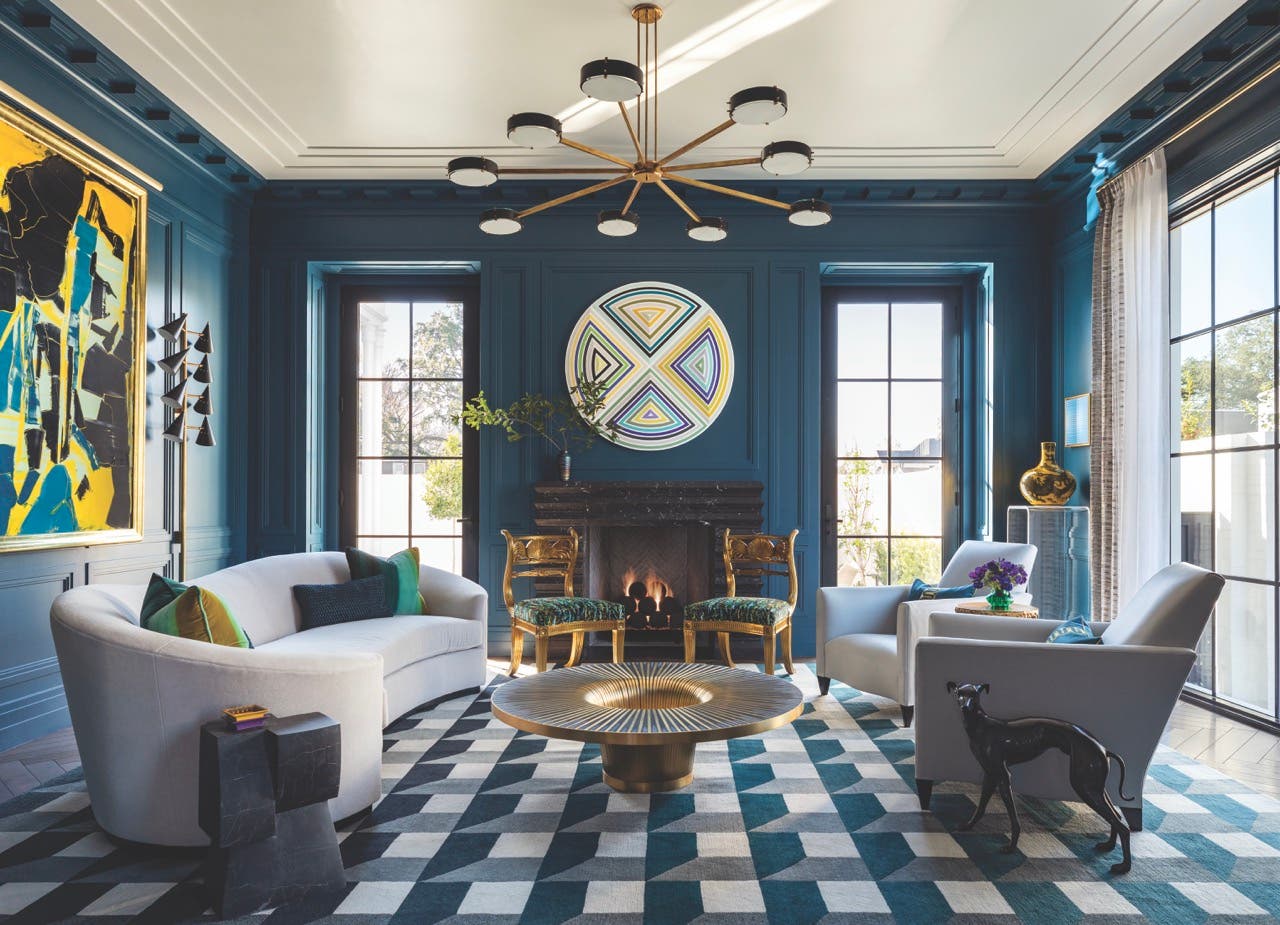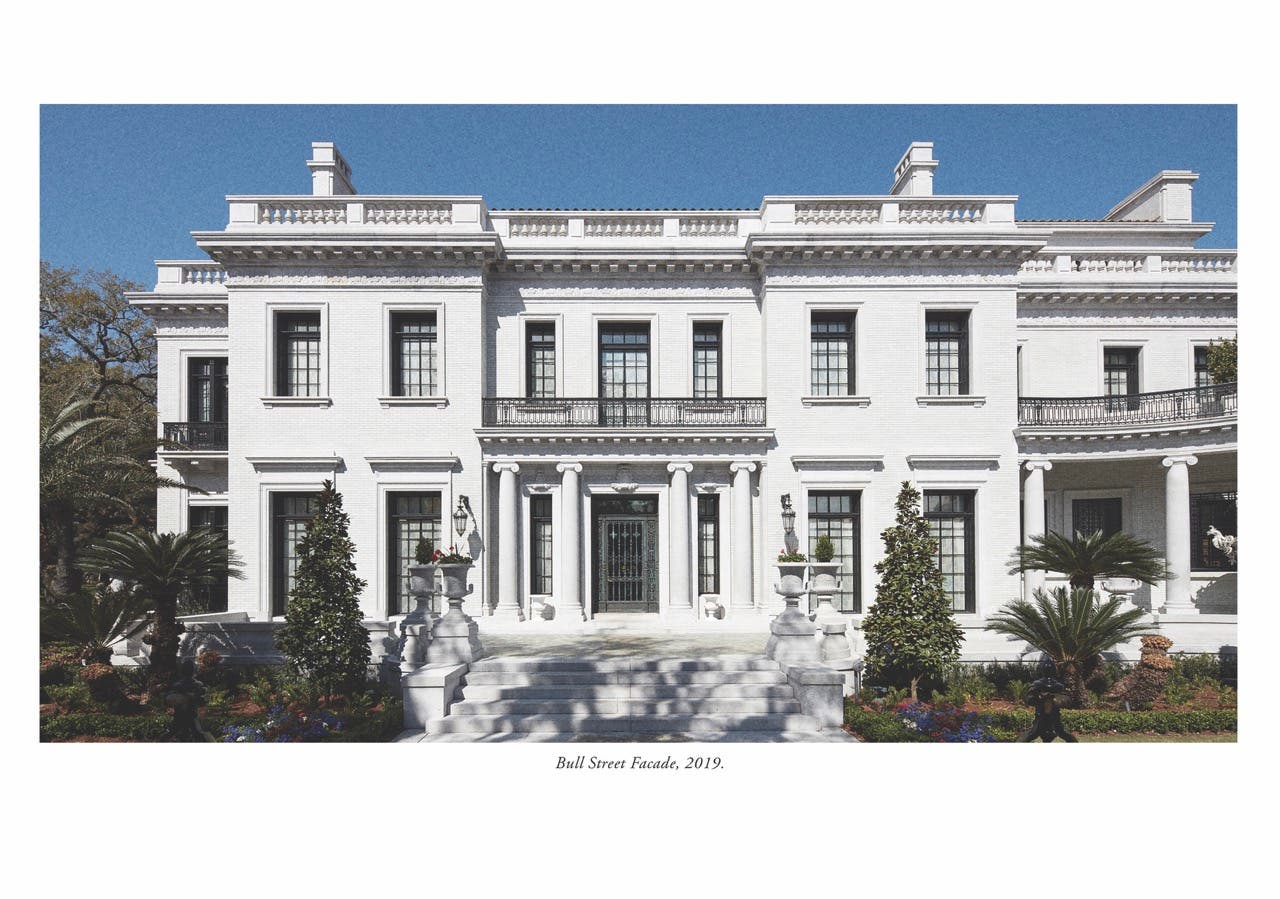
2025 Palladio Awards
150 East 78th Street – Robert A.M. Stern Architects (RAMSA)
150 East 78th Street was designed to fit in with its New York City neighborhood.
Rooted in the expressive use of classical proportions and detailing, RAMSA’s new 98,000-square-foot condo building, 150 East 78th Street, is a contextual response to the rich history of residential architecture that distinguishes New York City’s Upper East Side.


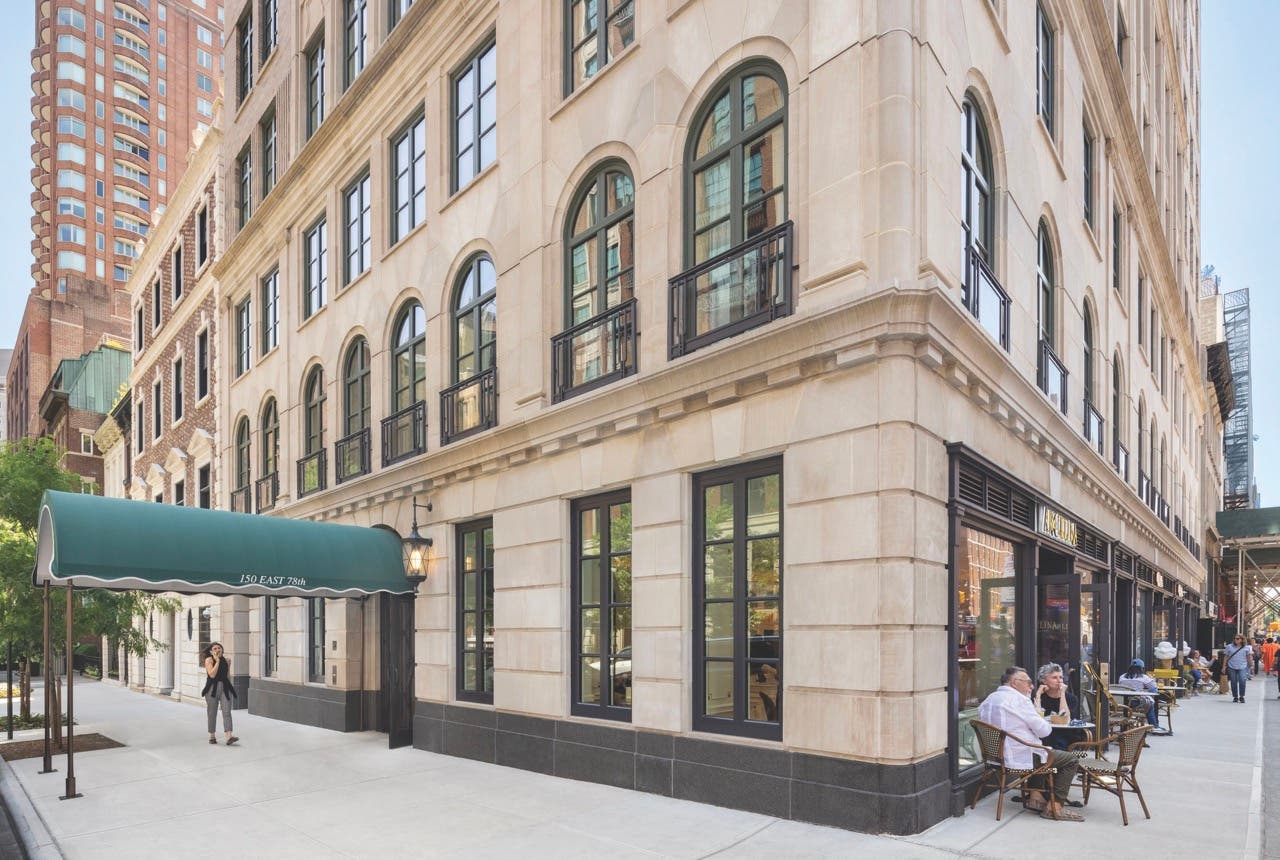
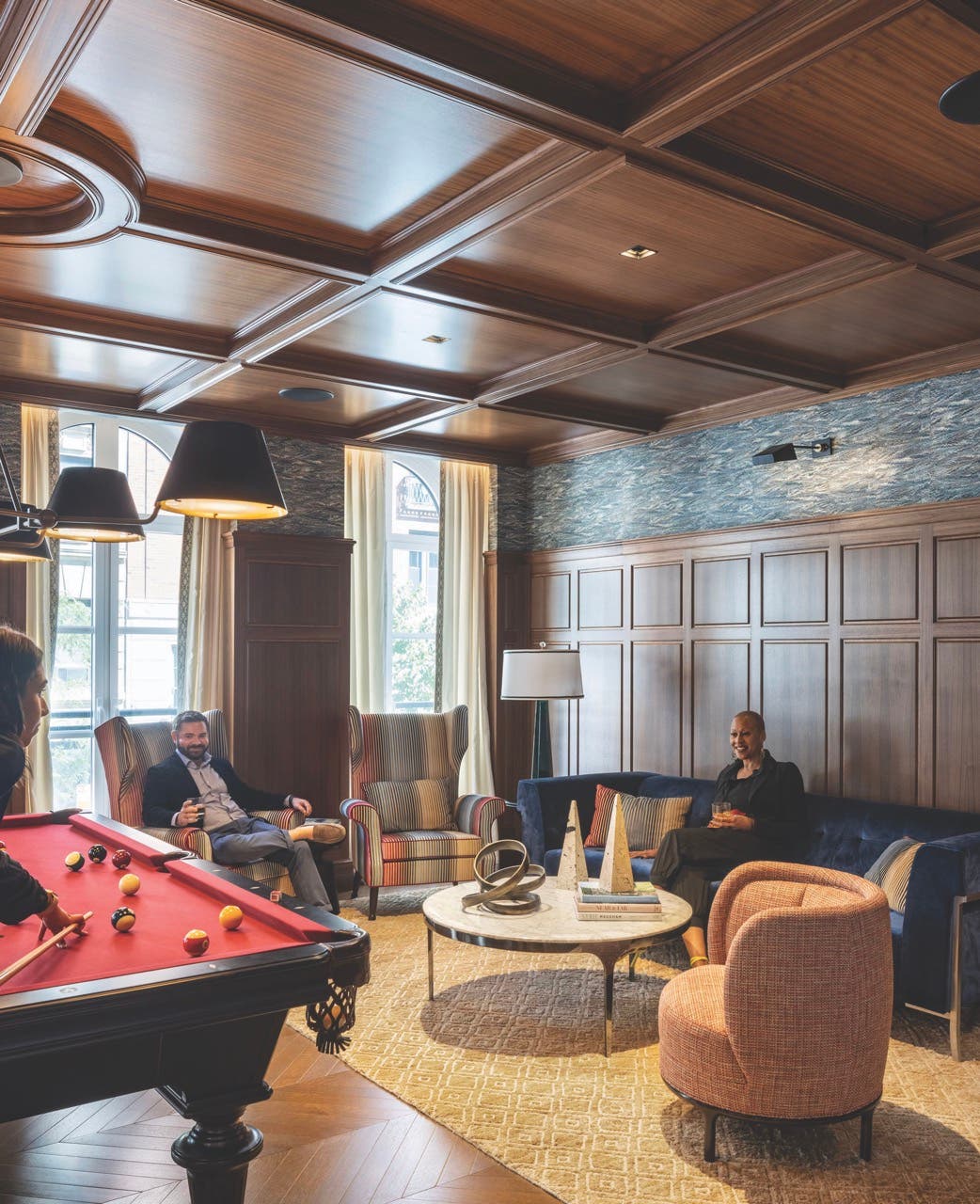
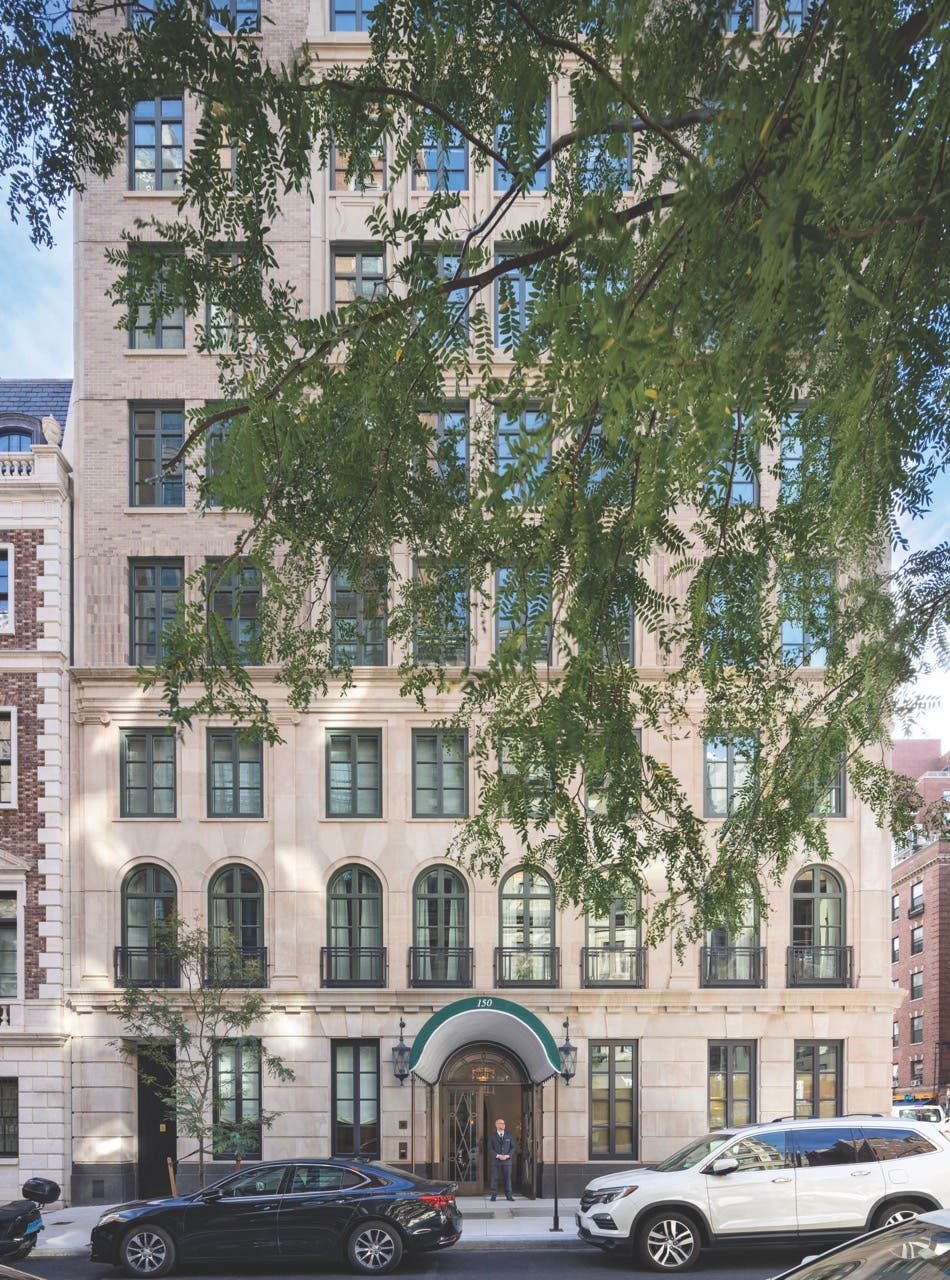
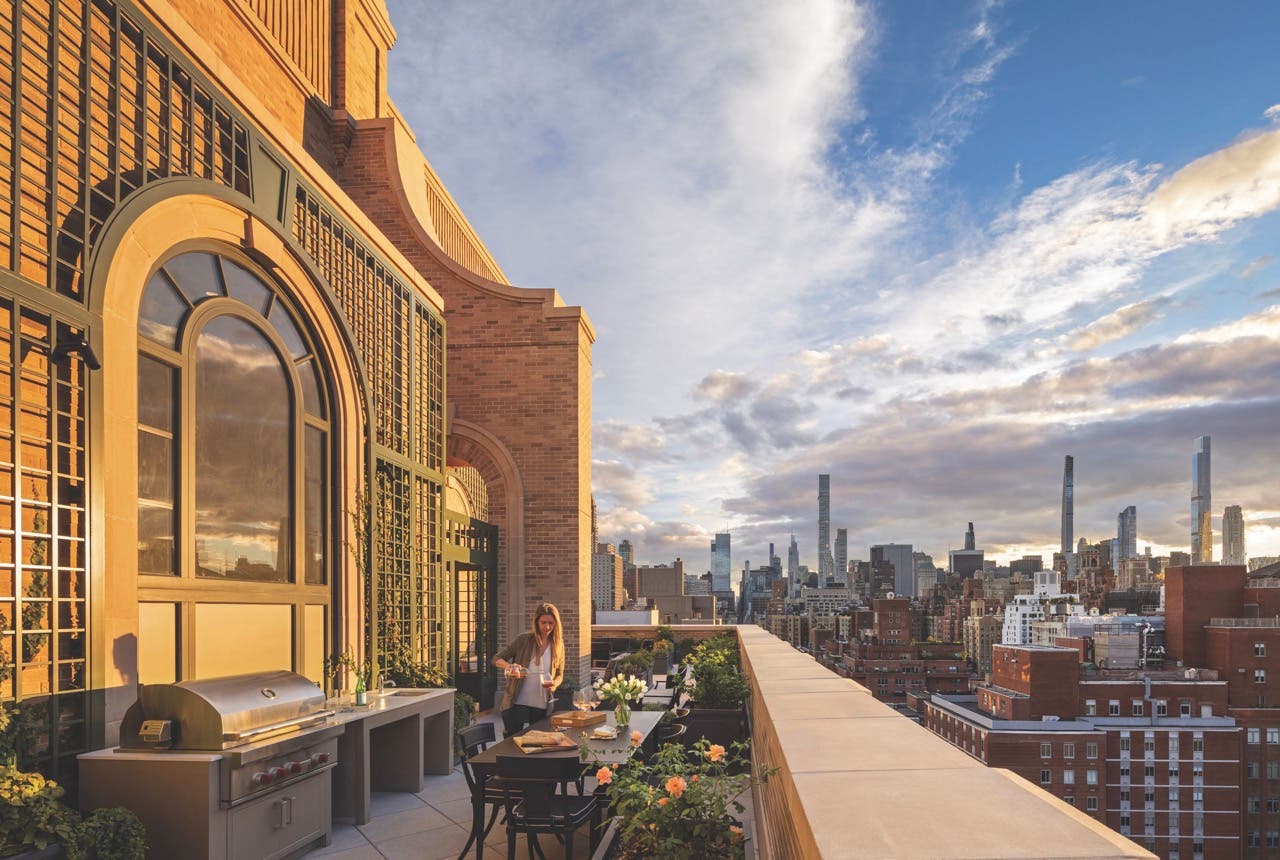

The 16-story Indiana Limestone and brick building, which includes chic retail shops at avenue level, draws inspiration from precedents such as the pre-war apartment houses on Fifth Avenue and Park Avenue as well as the historic apartment houses and townhouses on the quieter, more residentially scaled East 78th Street.
“The detailing of the building is frankly and explicitly classical,” says RAMSA Partner Daniel Lobitz. “We often take a more picturesque approach to the classical language, but we still pushed the envelope to a certain degree.”
He adds that the client, who grew up on Park Avenue, wanted the building to reflect the avenue’s personality of refined luxury. 150 East 78th Street contributes to the pedestrian-scale neighborhood fabric with rusticated and tooled Indiana limestone rising to a denticulated cornice above the first-floor windows.
Along Lexington Avenue, dark charcoal-gray metal-and-glass shopfronts, detailed with slender colonettes supporting an abstracted classical entablature, punctuate its facade. On 78th Street, the character of the fenestration adapts to the street’s residential character.
To visually manage the building’s perceived scale, classical strategies were used to delineate the respective elevations. The facade is grouped in two-story elements featuring flat and delicately detailed pilasters of the same height.
Detailed brickwork with stepped fluting gathers the windows at the fourth floor to create a continuous band that reads as the base for the main body of the facades. Windows are accented with abstracted voussoir stonework and soldier-course brick headers. A curved limestone corner detail frames the large fields of brick.
Up to level 10, a rigorously symmetrical composition of windows and French Juliet balconies further echoes the rhythm of the streetscape. The balconies, which feature custom-made glass-and-metal railings and in-swinging paired casement doors or windows, provide sunlight and fresh air.
Above, however, the building becomes freer in its composition, with a series of carefully considered projecting volumes, setbacks and bulkheads, alongside two-story arches that express the interior duplexes.
“The upper levels incorporate intermediate scale elements,” Lobitz says, “because that facade is more of a defining feature on the skyline–you can see it more from a distance.”
The upper level’s glass-and-metal conservatories further stitch 150 East 78th Street into the neighborhood’s residential architecture. The green metalwork is a nod to the glass-and-metal garden pavilions often added to historic townhouses and apartment houses of the Upper East Side, and it not only functions as a diffuse, abstracted reference to the building’s historic context but it also complements the warm tones of its brick-and-limestone facade.
Its penthouses have private roof terraces; on the largest, flying buttresses not only create a memorable impression on the city skyline but also delineate the space into a series of elegant outdoor rooms, giving the building its dramatic and memorable silhouette.
The residential entrance to the building features paired bronze doors that are set into an arched opening that is flanked by bespoke lanterns and sheltered by a tailored scalloped fabric canopy in a deep green hue.
The doors and the glass overdoor are traced with unique metalwork. Above, a continuous row of arched windows with French balconies at the parlor floor expresses the residents’ clubroom on the building’s facades. The three-story limestone-clad base ties the building to the neighboring townhouses.
The RAMSA team overcame a number of challenges, working through the supply-chain disruptions and sudden price increases of the pandemic.
Although the building is 200 feet tall, it’s on a relatively small footprint. The design team had to manage and carefully balance the retail and residential components, making each distinct yet part of a whole.
The building, says RAMSA Partner Gemma Kim, “is timeless and stands out in the neighborhood yet fits in. We try to strike a balance.”
Lobitz agrees, adding that “in the end, it feels like a good neighbor and is a beautifully charming building in the skyline and from a distance.” TB
| Key Suppliers |
|---|
| Architect Robert A.M. Stern Architects (RAMSA) Associate Architect Ismael Leyva Architects Landscape Architect Ismael Leyva Architects Interior Designer Robert Couturier Structural Engineer Desimone Consulting Engineers MEP and Fire-Protection Engineer AKF Group Geotechnical Engineer Langan Contractor, Construction Manager and Cost Consultant Gilbane Building Co. Lighting Designer Ventresca Design Acoustical and AV Consultant Shen Milsom & Wilke Exterior Envelope Consultant IBA Consultants Precast Concrete, Cast Stone Accurate Precast Corp. Exterior Limestone Indiana Limestone Fabricators Exterior Granite Technoprofil Mason StructureTech New York, Inc. Metal Window Frames and Doors Pioneer Window Mfg. Corp. |



